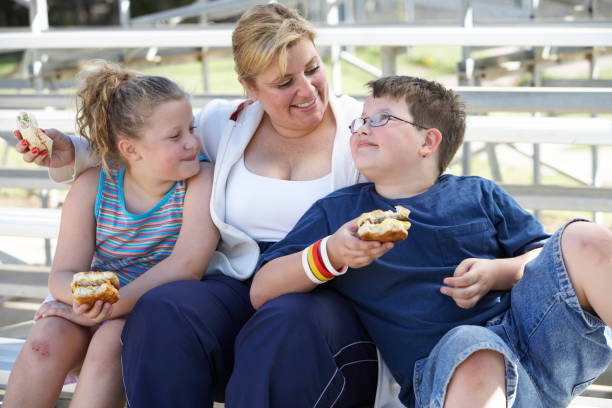In the previous blogs, we discussed the three dosha and the three major body types. Now, in this blog series let us look at the type of diet compatible with each of the three body types.
The Ayurveda Diet Approach
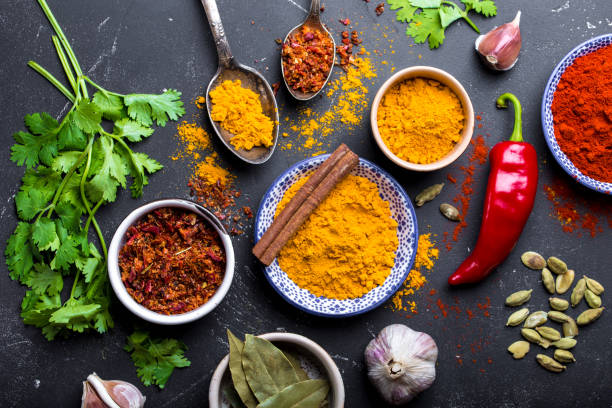
The first thing to understand is that there are no strict rules regarding an Ayurveda diet. Each person has a unique body and I know several people who don’t respond well to even the most effective Ayurvedic herbs like Ashwagandha or muesli.
Normally the compatibility of a food item depends on its guna or properties like gurutva (heaviness), laghutva (lightness), Ushnta (latent heat), etc. Twenty such basic factors decide the response of the food to the dosha balance.
The Thumb Rule
As a thumb rule –
सर्वदा सर्वभावानां सामान्यं वृद्धिकारणम। ह्रास हेतुर्विशेषश्च प्रवृतिरुभयस्य तु।| ४४||
Charak Samhita , Sutra Sthana (1/44)
Always all substances increase when combined with similar substances, and decrease when combined with different substances.
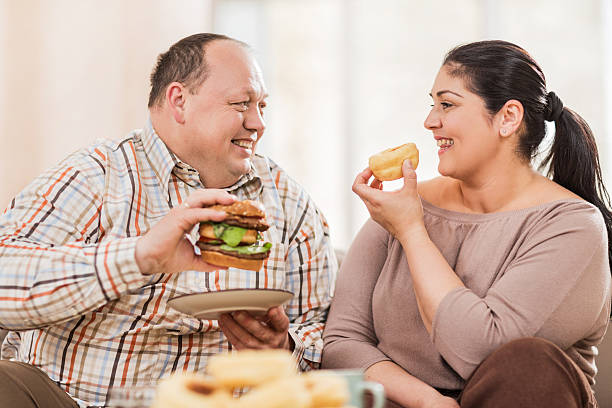
For example, the dryness of chapped lips decreases when you apply lip balm (oiliness). But it increases when the lips are exposed to dry cold wind.
An obese person may gain more weight with fried food. (Fat increases fat), but he might lose weight by fasting. (Lightness of fast decreases heaviness of fats)
So, the basic sutra for balancing all dosha is to balance their different properties. And therefore, it is the foundation for not only a dosha compatible diet but also for a dosha compatible lifestyle.
Properties of vata are – dry, cool, light, subtle, mobile, clear (opposite of viscosity), and rough.
So, the vata compatible food should be – oily, warm, heavy, stocky, stable, slimy, and smooth
Properties of pitta are – slightly oily, sharp or penetrating, hot, light, with a distinct odor, sara (slithers like a snake), liquid
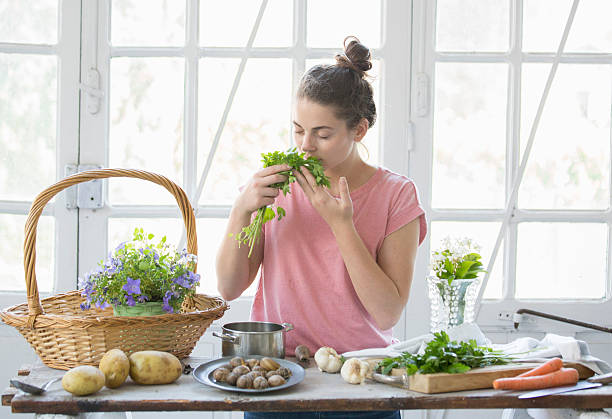
So, the pitta compatible food should be – slightly dry, mild, cool, heavy, aromatic, stable, solid
Properties of kapha are – unctuous, cool, heavy, slow, slimy, sticky, and stable.
So, the kapha compatible food should be – dry, warm, light, sharp/penetrating, dehydrated, crisp, and mobile
Compatibility Confusion

However, sometimes things might be confusing. For example, coconut oil is heavy and oily but it is also cooling. So, is it good for the coldish vata dosha?
The answer is “it is ok, not too good, not bad”. However, it is not the best. But mustard oil is great, sesame oil is the best because these oils are also hot.
All oils are good for vata as they balance the primary vital trigger for vata imbalance – excess dryness. However, if the oil has more compatible qualities, for example, the warmth of sesame oil, then it is more compatible than others with lesser matching qualities, e.g cool coconut oil.
The Primary Quality Match
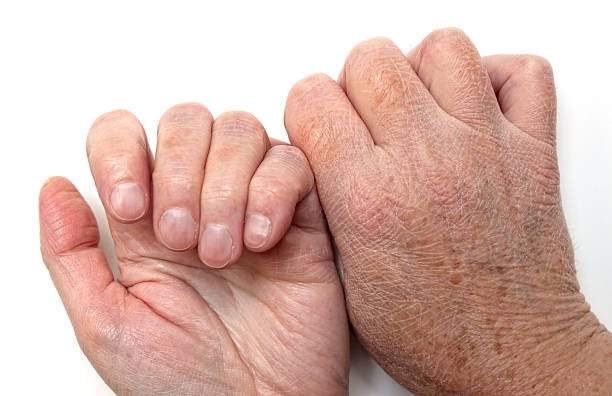
The properties of dosha in classical Ayurvedic sutra are mentioned in a sequence of their importance. For example, dryness is the defining quality of vata dosha as it is mentioned first. The second most important property is laghutva or lightness.
So, any substance that is primarily dry or induces excessive dryness in the body is essentially a vata increasing substance, even if it is warm or heavy. Warmth may reduce the intensity of dryness, but not eliminate its vata increasing property.
But a substance that is light but oily may not necessarily produce an increase in the vata dosha, as it combats the primary quality – dryness.
Therefore the sequence of properties is crucial in understanding the essence of dosha.
Guna change with form
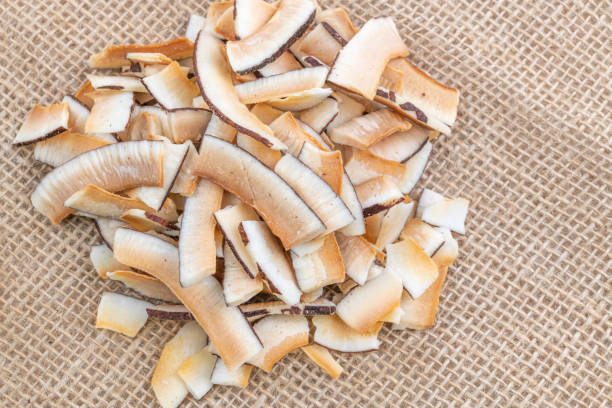
Most Ayurveda enthusiasts know that drinking water after eating coconut is not good. As coconut is warm and water is cool, eating both of them together or one after the other may cause compatibility issues.
But, there are many forms of coconut and they have different properties due to a difference in processing. Fresh coconut is cooling, whereas sun-dried coconut or khopra is very hot.
And you should not have water after eating dried coconut or khopra. Consuming water along with fresh coconut does not cause any compatibility problems. Otherwise, how will we make yummy coconut chutney?
Therefore, it is important to know the real guna or characteristics of a food item before assigning it to a body type. We will cover details of compatibility in the virrudhahara series.
Who needs a dosha balancing diet?
Normally people think that a vata person needs a vata balancing diet, a pitta person a pitta balancing diet, and so on, but it is not necessary.
Let us take the example of a vata balancing diet. Even a pitta dominant person may use a vata balancing diet!
Vata prakrati person must use a vata balancing diet in general, however, there are many occasions when a pitta or a kapha prakriti person might also need a vata balancing diet.
During seasonal change –

Ayurveda has an extensive seasonal preventive regimen called ritucharya. According to Ayurveda, the dosha also have a cyclic effect on the body according to the changing seasons. for example, the rainy season has a cyclic increase in the vata dosha; early winter is dominated by an excessive pitta. In spring, the body faces a cyclic increase in kapha dosha. I will elaborate on ritucharya in future blogs.
Therefore, all people, irrespective of their body type will need a vata balancing diet in the rainy season, a pitta balancing diet in the early winter and a kapha balancing diet in the spring season to avoid seasonal disorders.
Still, a vata balancing diet may differ from person to person, according to their body types.
In certain health conditions
Another example of a general use of a dosha balancing diet is the treatment based diet.

Let us take the example of vata dominant diseases like arthritis, migraine, etc. If you suffer from any of the vata dominant disorders, you will need a vata balancing diet, irrespective of your prakrati; as it is impossible to cure any disease without changing the diet.
Normally, vata dosha is dominant in a person who is weak or recuperating after a disorder. In this case, also, she should have a vata balancing diet irrespective of her body type.
Similarly, a person suffering from pitta dominant disorder may need a pitta balancing diet irrespective of her prakrati, and so on.
Lifestyle

Chronic stress, random meal time or sleep cycle, excessive travel with jet lag, excessive exercise (e.g. sports person, soldier, etc.) naturally increase vata dosha in the body.
Therefore, people with any of the above-mentioned lifestyle conditions should follow a vata balancing lifestyle according to individual requirements.
Let us elaborate on this concept with a kapha balancing diet.
If a person has stress free sedentary lifestyle, with regular mealtime, and proper sleep cycle, she may need to combine kapha balancing food in her diet, even if she is pitta or vata prakrati.
To Conclude,
These are some of the important factors that you must note while deciding your Ayurveda diet. You may need a pitta balancing diet even if you are vata prakrati and vice versa.
There are multiple other factors crucial to framing a perfect Ayurveda diet. But I won’t tell you to go to an Ayurveda physician to get a personalized diet. It may turn out to be a worse option J
But, I very strongly suggest meditation. With meditation, you become more receptive to your body. And your body knows best about your health requirements!

